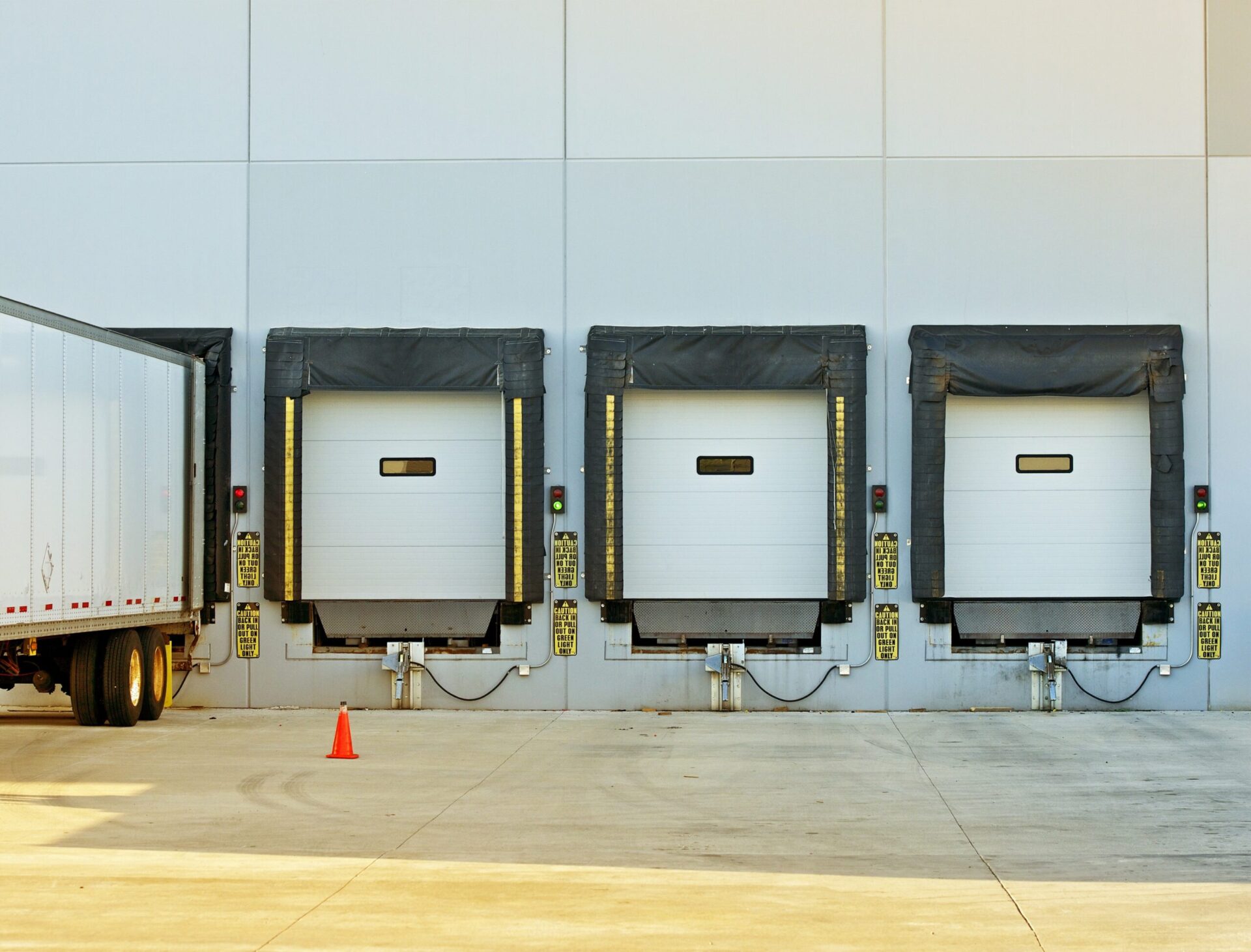A Guide to Warehouse Docking Design

By Marc Menard
April 4, 2024| 4 min read

If you have been keeping up with my last few posts, a common thread linking them all is the importance of paying attention to even the smallest of details in your warehouse. Every part of an operation plays a fundamental role in keeping things running smoothly. One key aspect is warehouse docking.
This guide dives into the types of warehouse docks, how they cater to specific needs, and why selecting the right dock is vital for a distribution center’s efficiency.
What is warehouse docking?
At its core, warehouse docking refers to the designated port where goods enter or exit the warehouse. It acts as the connection point between the facility and the transportation vehicles, ensuring a smooth flow of goods in and out of the warehouse. Picture it as the gateway through which all logistics operations must pass. Industry veteran, Stephan Lauzon, has aptly coined it the “money transfer zone”.
The importance of efficient warehouse docking
Efficient warehouse docking is paramount for several reasons:
- Minimizing bottlenecks: Warehouse docks can quickly become bottlenecks if not optimized properly. A well-designed docking system must consider the coordination between receiving, put-away, picking, packing, and shipping activities. Any inefficiencies in these activities can cascade into disruptions throughout the entire supply chain, leading to delays and increased costs.
- Safety: 25% of warehouse injuries occur at the loading dock. With a properly selected dock type and well-executed implementation, operators can greatly reduce the opportunity for injury.
- Cost savings: An inefficient docking system can result in higher labor costs due to prolonged loading or unloading times. Streamlining these processes can translate into significant cost savings over time.
- Reduced downtime: An efficiency docking system minimizes downtime during the loading and unloading process. It results in faster trailer turnaround times therefore reduces the waiting time for others and increases overall productivity as resources are more utilized.
- Scalability and flexibility: Docks are the only way for goods to move in and out of a warehouse. Operators therefore need to ensure their setup is flexible and can facilitate variable volumes during peak times or large growth years without compromising efficiency.
Types of warehouse docks
To cater to diverse operational needs, warehouse docks come in various types:
Enclosed Loading Docks
- Ideal for goods that require climate control or protection against contamination.
- While offering optimal protection, they can be costly to install and maintain. Additional features like venting systems for truck exhausts may be required to ensure proper ventilation.
Flush Loading Docks
- The most common type found in warehouses.
- Docks are flush with the outside wall of the building, creating a tight seal between the truck and the warehouse. This seal helps protect against weather elements and maintains temperature control within the facility.
Open Loading Docks
- Less common but still utilized in scenarios where facilities require quick and easy access to trucks with minimal investment.
- Goods are loaded or unloaded from outside the building, exposing them to weather conditions and potential theft risks. Careful consideration of security measures is essential when opting for open loading docks.
Sawtooth Loading Docks
- Ideal for large warehouses with a high volume of truck traffic.
- This design is optimal for facilities operating with limited real-estate, as it allows for more trucks to fit into a smaller space without the need for a large truck court.
- This dock type also improves the maneuverability of trucks by reducing the turn radius required to dock and facilitating one-way traffic.
Conclusion: Marc’s pro tips for effective warehouse docking
Efficient warehouse docking isn’t just about convenience; it’s a strategic necessity in logistics. By understanding the different types of warehouse docks and their respective advantages, businesses can better design docking infrastructure required to meet their specific needs, ultimately enhancing efficiency, reducing costs, and ensuring smooth operations throughout their supply chain. Whether it’s protecting sensitive goods or maximizing throughput, choosing the right warehouse docking solution can make all the difference in maintaining a competitive edge in today’s dynamic marketplace.
Stay tuned for the next iteration of Marc’s Mechanics that will dive into warehouse docking equipment!
Reach out to the LIDD team to learn more about warehouse docking and optimizing your warehouse operations.
